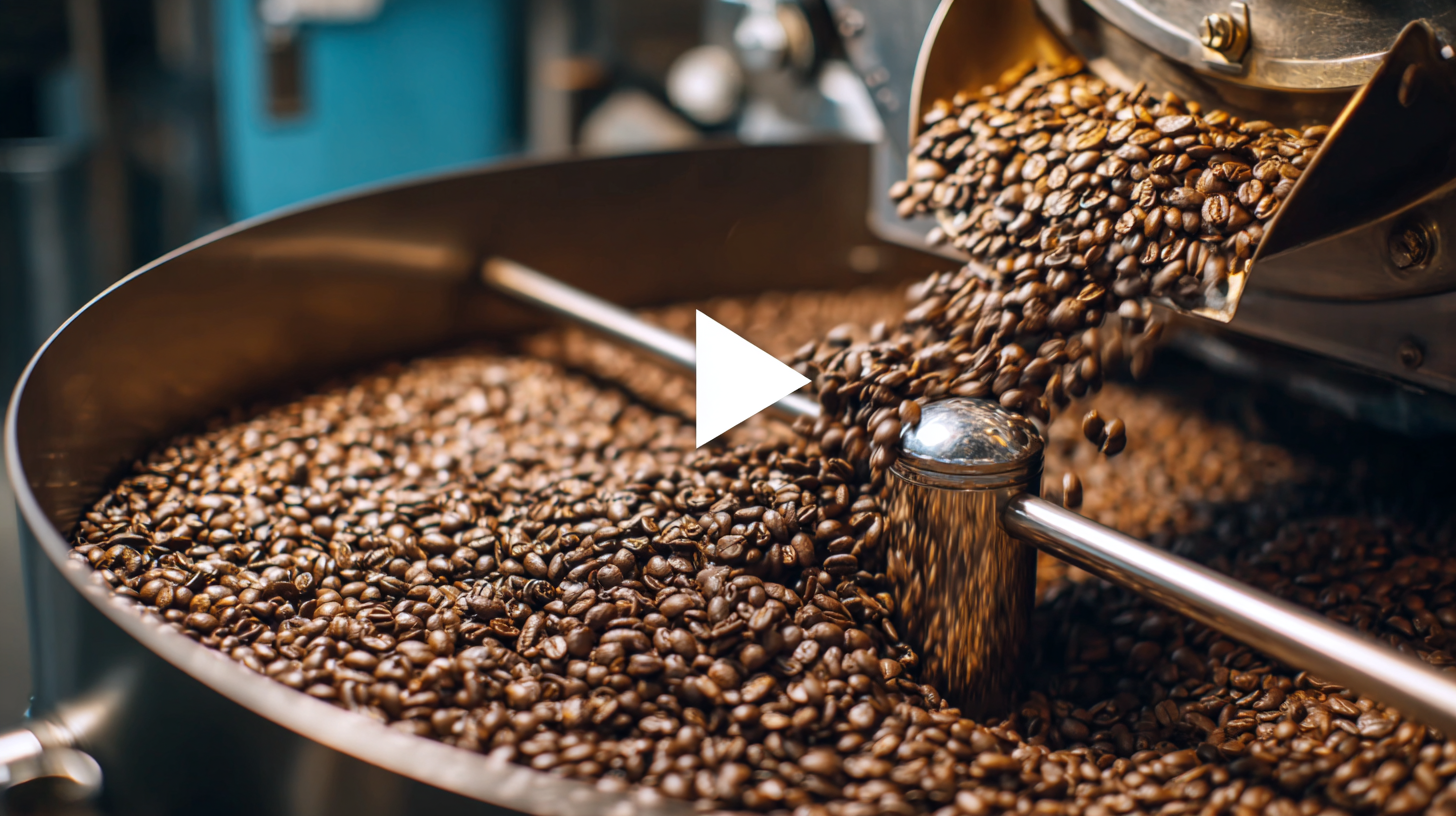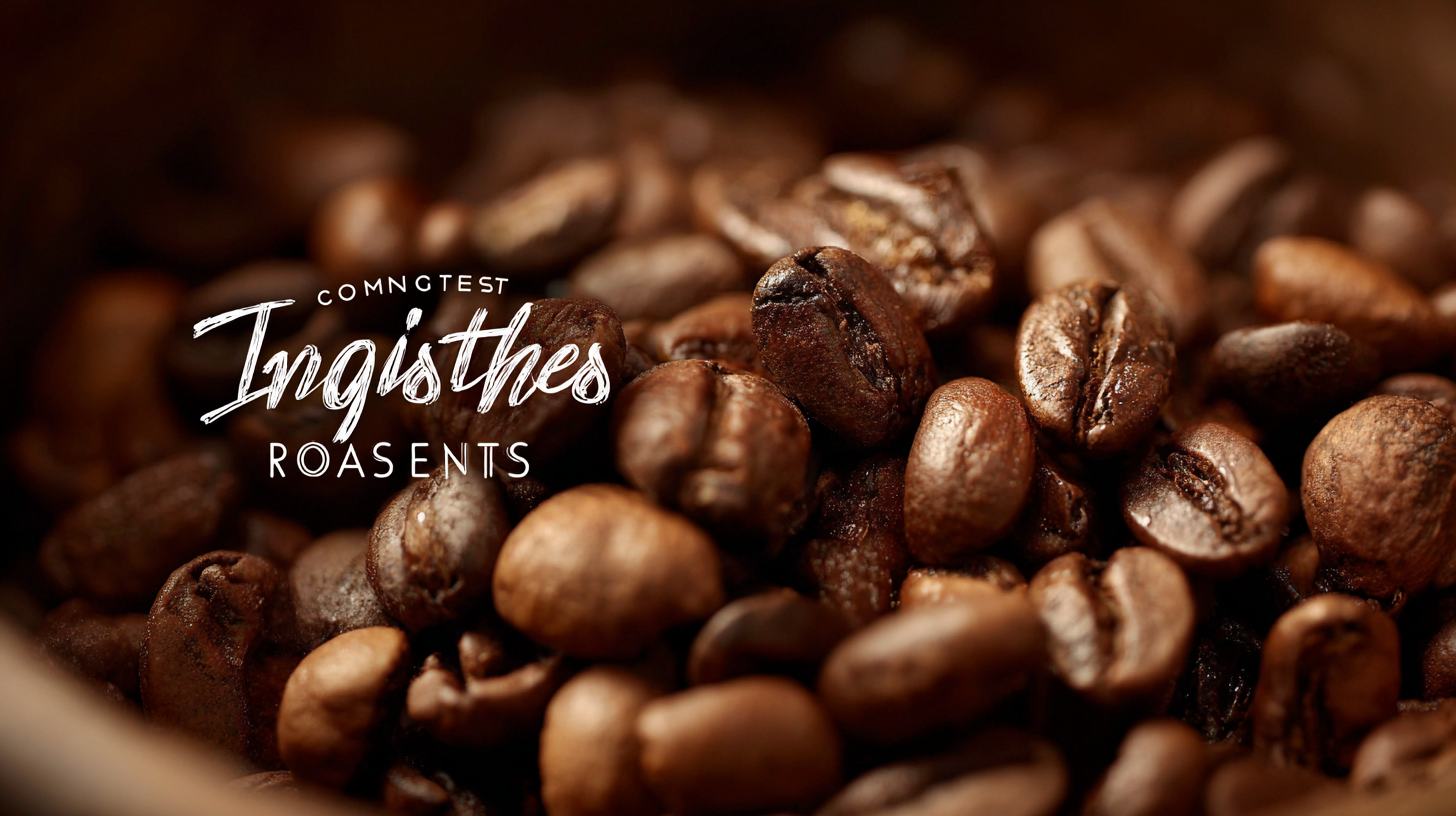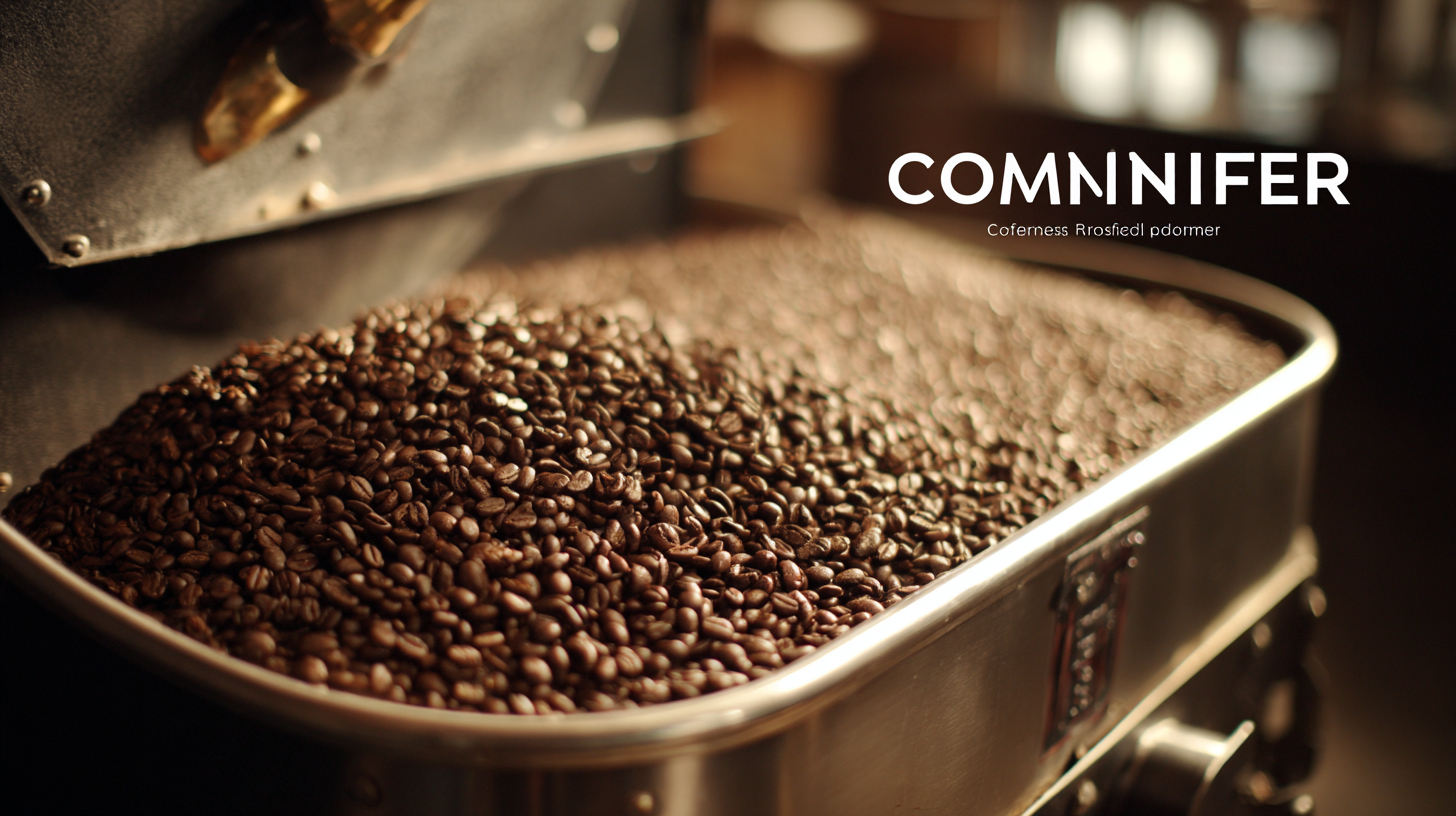2025 Insights into Best Commercial Coffee Roaster Trends and Performance Comparison
As the global coffee industry continues to evolve, the role of the commercial coffee roaster has never been more pivotal. According to the latest data from the Specialty Coffee Association, the global coffee market is projected to grow to USD 102.15 billion by 2025, driven in part by the increasing demand for specialty coffee and artisanal roasting techniques. This shift highlights the need for advanced commercial coffee roasters that not only enhance flavor profiles but also improve energy efficiency and sustainability practices.

In particular, the rise of Chinese manufacturers in the coffee roasting sector is transforming the landscape, positioning them as key players on the world stage. This blog will delve into the emerging trends for 2025, providing insights on performance comparisons among leading commercial coffee roaster brands and exploring the factors that contribute to the success of Chinese-made equipment in this competitive market.
Emerging Trends in Coffee Roasting Technology for 2025
As we approach 2025, the coffee roasting industry is witnessing groundbreaking advancements in technology that are reshaping how coffee is produced and experienced. One of the most significant emerging trends is the integration of artificial intelligence into roasting machines. These smart roasters can analyze various variables in real-time, such as temperature and humidity, allowing for precise control over the roasting process. This not only enhances consistency in flavor profiles but also enables roasters to replicate even the most complex recipes with ease, meeting the growing demand for quality and customization.
Sustainability remains at the forefront of coffee roasting technology innovations. More companies are adopting energy-efficient roasting methods and exploring ways to minimize emissions. For example, some manufacturers are developing roasters that utilize renewable energy sources or incorporate advanced heat recovery systems. These improvements not only reduce the environmental impact of coffee roasting but also appeal to environmentally conscious consumers, creating a more responsible supply chain. As we head into 2025, coffee roasting technology will continue to evolve, enhancing both the quality of the product and the sustainability of the industry.
Comparative Performance: Top Commercial Coffee Roasters in the Market
In 2025, the landscape of commercial coffee roasters continues to evolve, with various brands vying for top performance and quality. When selecting the best commercial coffee roaster, it’s essential to consider factors such as consistency, temperature control, and user-friendly features. Some of the top models on the market stand out due to their innovative technology and reliable performance, making them ideal for both small cafes and larger operations.

Tips for improvement: When working from home, investing in a high-quality coffee machine can significantly enhance your mood and productivity. Look for machines that offer programmable settings and brewing options to tailor your coffee experience. Additionally, consider using precise coffee scales to ensure accurate dosing, which can lead to a more balanced cup of coffee.
For coffee enthusiasts, exploring the best coffee makers available in 2025 can enhance daily rituals. Test several options to find the one that meets your brewing style, whether it’s a classic drip coffee maker or a specialty espresso machine. This hands-on approach can help you find the perfect fit for elevating your coffee experience at home.
Sustainability Practices in Coffee Roasting: A 2025 Perspective
As the coffee industry evolves, sustainability practices in coffee roasting are becoming increasingly vital for both producers and consumers. In 2025, roasters are expected to place a heightened focus on eco-friendly methods, employing energy-efficient equipment and sourcing beans from certified sustainable farms. This commitment not only appeals to environmentally conscious consumers but also enhances brand loyalty, as customers wish to support businesses that align with their values.
Tip 1: Consider investing in energy-efficient roasters that reduce energy consumption and emit fewer greenhouse gases. Not only does this support sustainability, but it can also cut operational costs in the long run.
Moreover, the trend toward waste reduction is reshaping coffee roasting practices. Roasters are exploring ways to repurpose chaff, the byproduct of roasting, into compost or as a biofuel source. This shift reflects a broader movement within the industry to minimize waste and incorporate circular economy principles.
Tip 2: Collaborate with local farms or businesses to recycle waste products. Building these partnerships not only fosters community ties but also opens up avenues for innovative uses of byproducts that would otherwise go to landfills.
Implementing these sustainable practices will not only benefit the environment but will also position your brand as a leader in the conscious coffee movement.
Top Features to Look for in a Commercial Coffee Roaster
When considering the purchase of a commercial coffee roaster, several key features distinguish the best models on the market. One pivotal aspect is the roaster's capacity. Depending on your business size, selecting a machine that can handle the volume you need while maintaining the quality of your roast is essential. For smaller cafés, a compact roaster may suffice, whereas larger operations require high-capacity options that can maintain consistent heat and airflow for uniform roasting.

Another critical feature is the roasting control technology. Advanced roasters now come equipped with digital interfaces that allow for precision temperature control and real-time monitoring of the roasting process. This technology not only enhances consistency across batches but also enables roasters to recreate specific flavor profiles. When choosing a roaster, look for models that offer user-friendly software to help streamline your roasting process.
Tips: Invest in a roaster with easy maintenance routines to ensure longevity and performance. Regular cleaning and calibration can save costs in the long run. Additionally, consider roasters that allow for sample roasting; this feature is valuable for developing new blends and experimenting with different bean profiles without committing to large batches.
Evaluating the Cost-Effectiveness of High-Quality Coffee Roasters
When evaluating the cost-effectiveness of high-quality coffee roasters, several factors come into play that can impact a business’s bottom line. Initially, the upfront investment in premium roasters might seem daunting for new coffee entrepreneurs, but the long-term benefits often outweigh these costs. High-quality roasters are designed with advanced technology that ensures consistency in roasting profiles, leading to superior flavor extraction and ultimately higher customer satisfaction. This can translate to a loyal customer base, which is essential for sustainable profitability.
Moreover, the durability and energy efficiency of premium roasters can significantly reduce ongoing operational costs. Investing in a high-quality machine often results in lower maintenance expenses and reduced energy consumption, making it a more cost-effective choice over time. Furthermore, with the growing trend towards environmentally friendly practices in the coffee industry, high-quality roasters frequently offer eco-friendly features that appeal to a conscientious consumer base. As businesses continue to navigate the competitive landscape, understanding the cost-effectiveness of their roasting equipment becomes essential in making informed investments that align with their long-term growth strategies.
2025 Insights into Best Commercial Coffee Roaster Trends
This chart compares the cost-effectiveness ratios of the top five commercial coffee roasters in 2025, highlighting the trends in performance and value for money within the industry.


